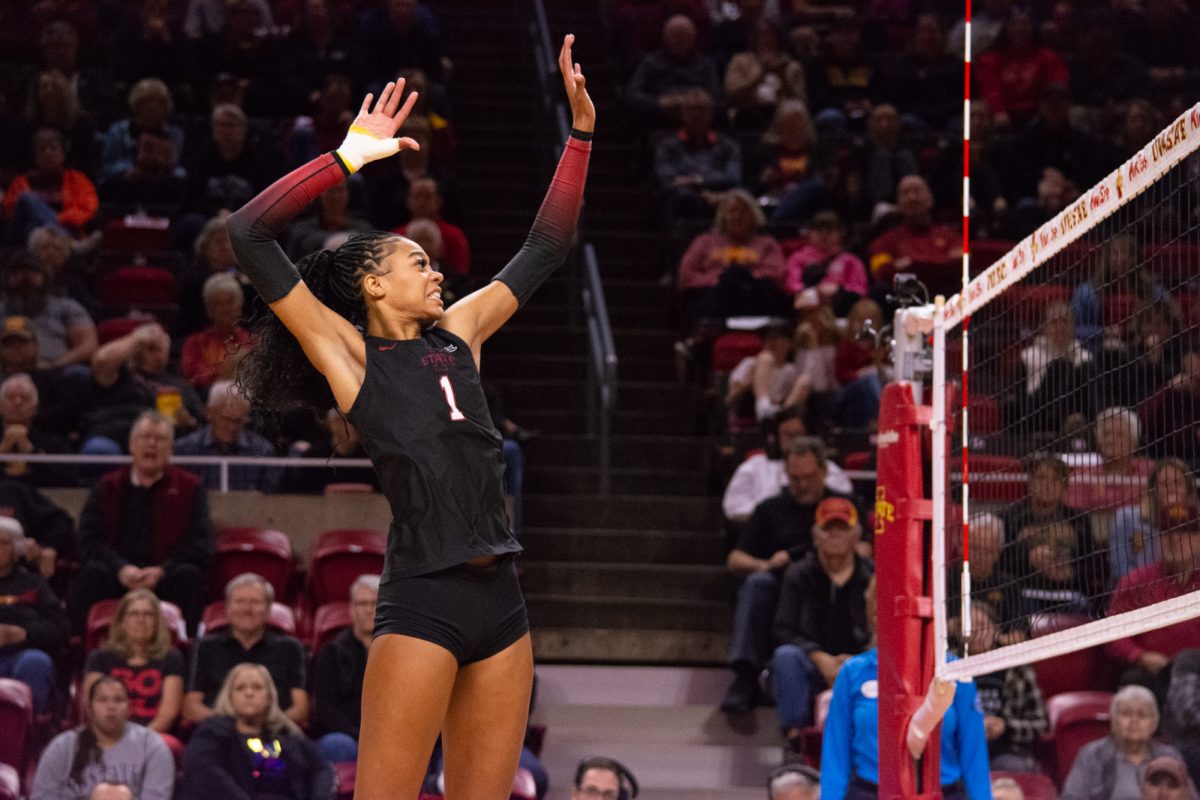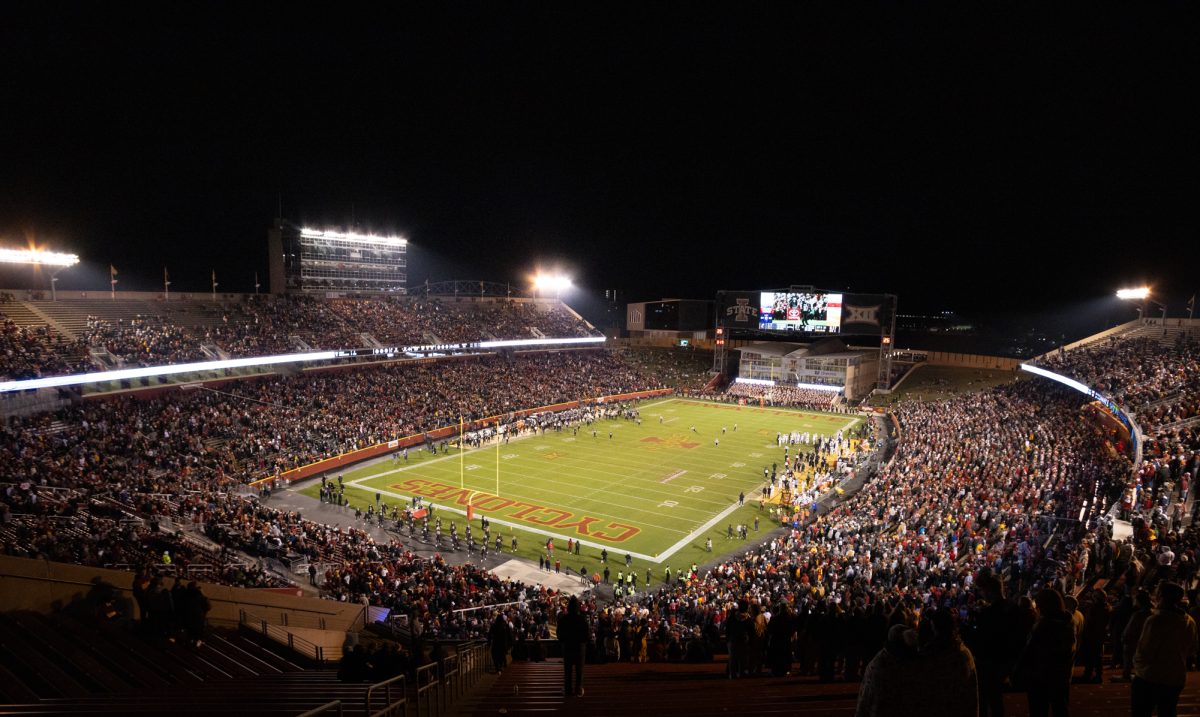COLUMN: Radios in the tractor, soybeans in the kitchen
February 6, 2004
July soybeans are down three and a quarter. December hogs are up two and seven-eighths.
Well, maybe not. Maybe I’ve made some grievous error and soybean futures are looking up, December hogs will be pinker than normal and a precocious spider just spun the word “Fantastic” into her web above the pig trough.
But if I wanted to know the truth, all I’d have to do is listen to the farm report on the radio.
Or at least I used to be able to do that.
According to the Associated Press, both WCCO of Minneapolis and WGN of Chicago have cancelled long-running farm programs that delivered weather reports and market news for farmers and other listeners.
I was one of those “other listeners.” I know nothing about farming or agriculture. When my freshman year roommate told me she walked beans all summer to earn money, I could only wonder why anyone would name their dog “beans.”
Any more ignorant, and I’d be getting dangerously close to Paris Hilton territory.
But despite this blasphemous lack of agricultural knowledge, I listened to WGN’s “farm show” almost every day during the long summers at home. It wasn’t exactly intentional — the kitchen radio was just always on, and generally tuned to WGN. So I’d eat my cereal and listen to Orion Samuelson, Max Armstrong and the farmers who called in from their tractors. They’d talk ag, and I’d occasionally wonder why anyone cared if December hogs fell seven-eighths for the day.
It turns out that a lot of people care — and with good reason. Just a few years ago there were nine farm broadcasters in the state of Iowa alone. After the Clear Channelization of Iowa’s radio stations, of course, that number is down to three, all based out of Des Moines, which doesn’t really help a farmer in western Iowa.
A decline in agricultural advertising revenue is partly to blame. But sometimes the call of journalism goes beyond revenue. Let’s take a moment to let that idea register.
Jim Evans, a retired professor of agricultural communications at the University of Illinois, said in the AP article that farmers are turning to the Internet for market quotes, but farm broadcasting has a “personal dimension that other media can’t match.”
Jim McCrea, market manager of Clear Channel Radio in Des Moines, said in the same article that the audience base for farm radio shows is shrinking.
The numbers support his claim — barely. From 1997 to 2002, the number of farms in Iowa declined by just slightly more than 6,000. That still leaves, however, 90,634 farms in the state; most of those farms are less than 500 acres. And 78,731 of all the farms in Iowa are classified as “family or individual” according to the 2002 Census of Agriculture.
Translation?
There’s still a lot of small farmers who listen to the radio in their tractors. And who would perhaps appreciate the camaraderie, the sense of community fostered by agricultural journalism.
Farming can be a lonely job, and it helps to get a little reinforcement, knowledge that there are other people out there who have a wry sense of humor and want to know if the clear-blue sky will yield rain for the dry fields any time soon.
Sure, anyone can get market prices from the Internet. But this isn’t really about knowing how December hogs are trading.
This is about a lifestyle that most of the nation thinks is dying, and thus chooses to ignore. Maybe it’s not sexy enough to get a lot of media coverage, but there are still enough farmers to justify a few radio shows.
And farm shows aren’t just for the farmers. WGN’s farm show was broadcast every day at noon, scrunched between shows hosted by popular Chicago radio personalities. It served as a reminder that yes, there is a life beyond the city and the suburbs, and it’s not just some quaint remnant of an earlier, simpler time.
These are the people who put food on our tables, who sweat over bills, who want to know that they’re not alone.





